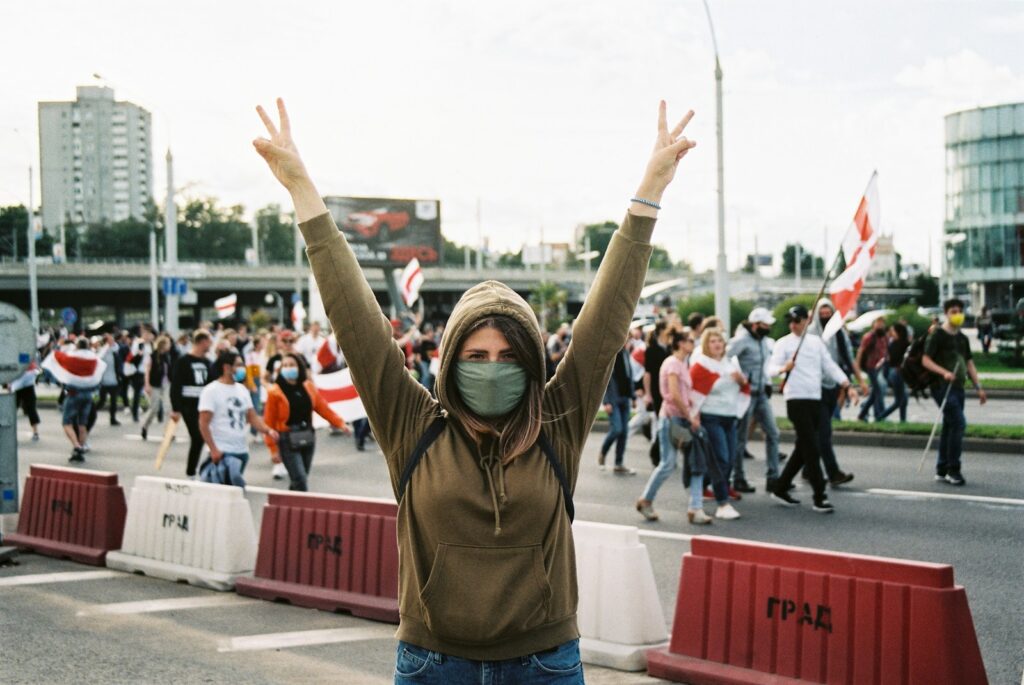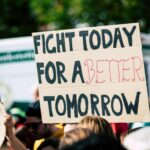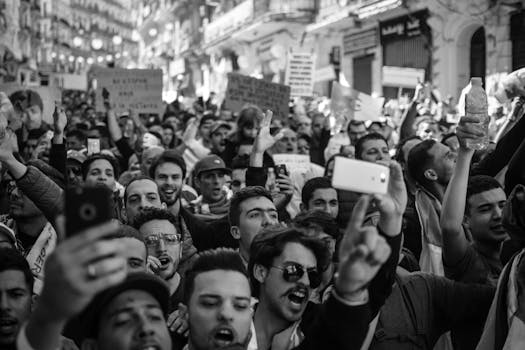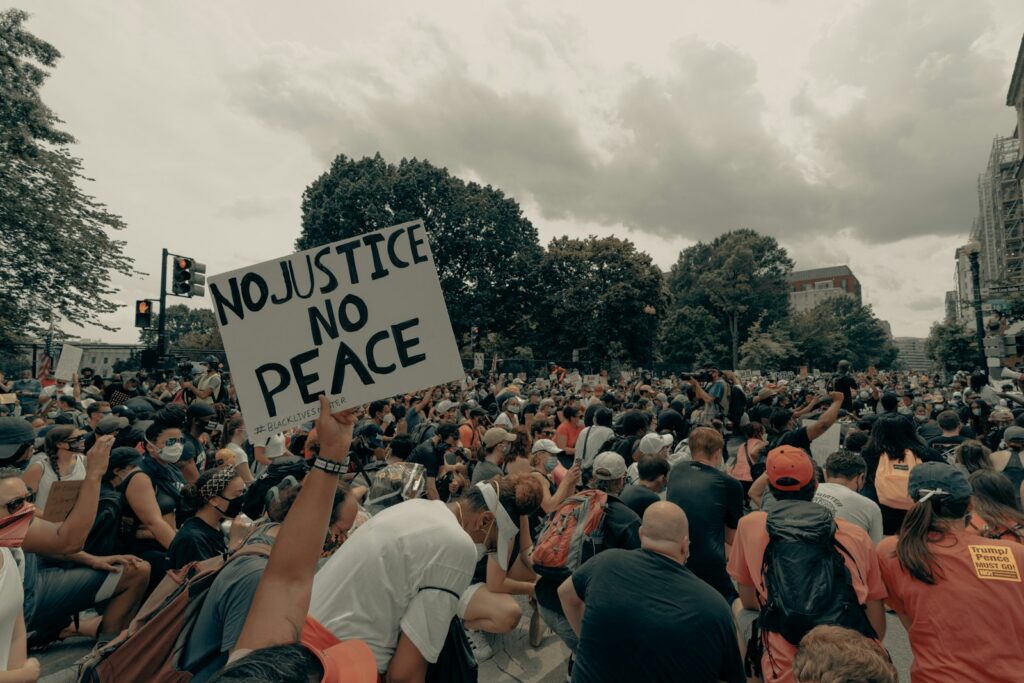Peaceful Protests: How To Organize and Participate Effectively
Peaceful protests have long been a powerful tool for social change, allowing individuals to voice their concerns, demand justice, and influence policy without resorting to violence. From the Civil Rights Movement in the United States to the recent global climate strikes, peaceful demonstrations have shaped history. However, organizing and participating in a protest requires careful planning, awareness of legal rights, and a commitment to nonviolence. This guide will walk you through the essential steps to ensure your protest is effective, safe, and impactful.
Understanding Peaceful Protests
A peaceful protest is a nonviolent demonstration where participants gather to express their views on a particular issue. These protests can take many forms, including marches, sit-ins, vigils, or rallies. The key distinction is the absence of violence, which helps maintain public support and legitimacy.
Why Peaceful Protests Work
Research shows that nonviolent movements are twice as likely to succeed as violent ones. A study by Erica Chenoweth and Maria Stephan found that nonviolent campaigns achieve their goals 53% of the time, compared to 26% for violent ones. Peaceful protests also garner broader public support and are less likely to be met with harsh repression.
Steps to Organizing a Peaceful Protest
Define Your Goals
Before organizing a protest, clearly articulate your objectives. Ask yourself:
- What specific change are you advocating for?
- Who is your target audience (e.g., policymakers, corporations, the public)?
- What outcomes would constitute success?
Example: The 1963 March on Washington had a clear goal—to advocate for civil and economic rights for African Americans—and culminated in Martin Luther King Jr.’s iconic “I Have a Dream” speech.
Research Local Laws and Permits
Many jurisdictions require permits for protests, especially if they involve blocking streets or using amplified sound. Research local regulations to avoid legal issues. In the U.S., the American Civil Liberties Union (ACLU) provides resources on protest rights.
Assemble a Team
Organizing a protest is easier with a dedicated team. Assign roles such as:
- Logistics coordinator
- Media liaison
- Legal observer
- First aid provider
Plan the Logistics
Consider the following:
- Location: Choose a visible, symbolic, or high-traffic area.
- Timing: Weekends or holidays may attract larger crowds.
- Route: For marches, plan a clear path and inform local authorities.
Spread the Word
Use social media, flyers, and community networks to promote your protest. Hashtags like #FridaysForFuture (climate strikes) or #BlackLivesMatter have amplified movements globally.
Participating in a Peaceful Protest
Know Your Rights
Familiarize yourself with your legal rights, including:
- The right to assemble peacefully (protected under the First Amendment in the U.S.).
- The right to record police actions (in most countries).
- What to do if arrested (e.g., remain silent, ask for a lawyer).
Stay Safe
Safety is paramount. Follow these tips:
- Wear comfortable clothing and sturdy shoes.
- Bring water, snacks, and any necessary medications.
- Have a buddy system in place.
Maintain Nonviolence
Even in the face of provocation, staying peaceful is crucial. Violence can undermine your message and lead to negative media coverage.
Example: During the 2019 Hong Kong protests, demonstrators used umbrellas to shield themselves from tear gas while avoiding direct confrontation with police.
Case Studies of Successful Peaceful Protests
The Montgomery Bus Boycott (1955-1956)
Led by Rosa Parks and Martin Luther King Jr., this year-long boycott ended racial segregation on public buses in Alabama. It demonstrated the power of collective nonviolent action.
The Women’s March (2017)
One of the largest single-day protests in U.S. history, the Women’s March advocated for gender equality and drew millions worldwide.
Conclusion
Peaceful protests are a cornerstone of democracy, enabling citizens to demand change without violence. By defining clear goals, understanding legal rights, and prioritizing safety, organizers and participants can maximize their impact. History has shown that nonviolent movements often succeed where violent ones fail. Whether you’re advocating for climate action, racial justice, or political reform, a well-planned peaceful protest can be a catalyst for meaningful change.
Nonviolent resistance – Wikipedia
Right to protest – Amnesty International
Organizing a Protest Creating Change
The Art of Peaceful Protest: How to Make Your Voice Heard
Remember: The power of protest lies not in chaos, but in unity, discipline, and unwavering commitment to justice.






